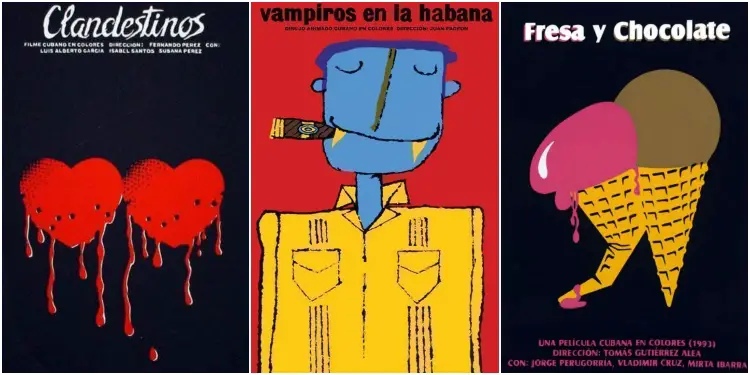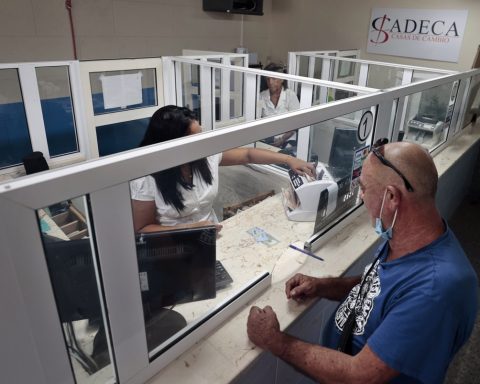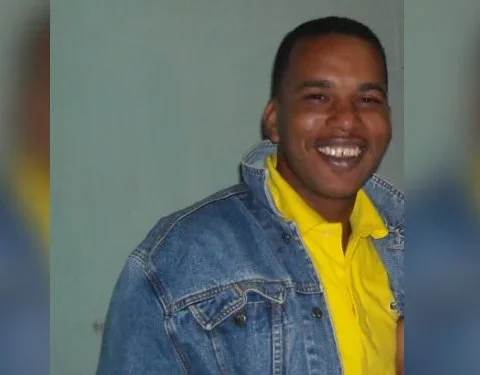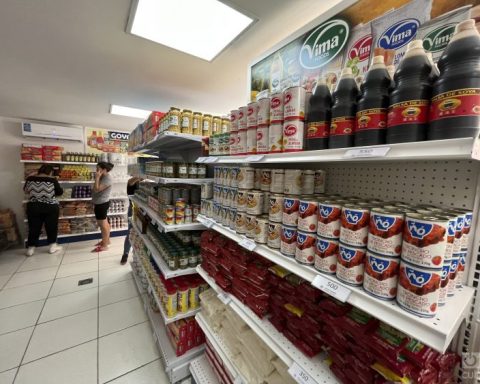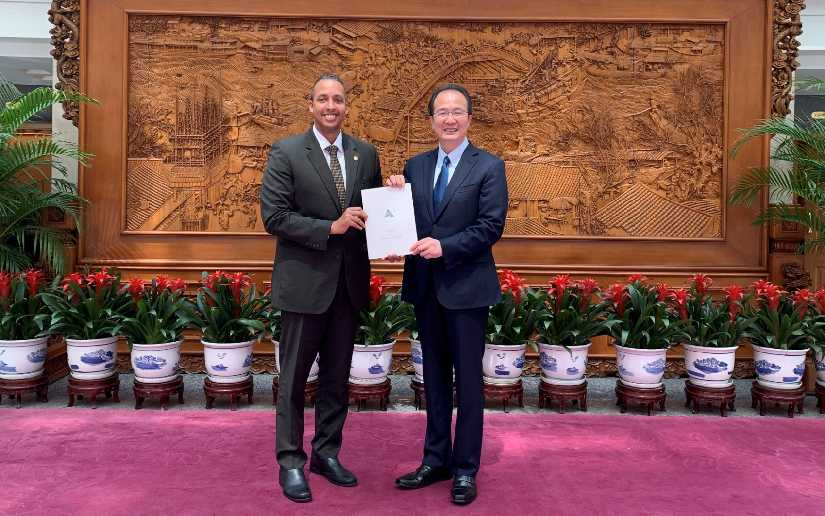MIAMI, United States. – Cuban film posters were officially registered as Documentary Heritage of Humanity by the United Nations Educational, Scientific and Cultural Organization (UNESCO).
The director and representative of UNESCO’s Regional Office for Culture in Latin America and the Caribbean, Anne Lemaistre, described the inclusion as “expected and deserved.” In an interview with EFELemaistre highlighted the importance of these posters in the conservation of audiovisual heritage, describing them as part of the “collective memory of the world”.
Lemaistre praised the “great creative originality” of the posters, as well as the graphic beauty and communicative effectiveness of these documents. He applauded the “immense” and “very special” talent of Cuban designers who, with limited resources but with the silkscreen technique, managed to capture the essence of a film with “great visual impact.”
The collection of Cuban movie posters, now internationally recognized, is made up of almost 3,000 pieces. Sara Vega, graphics specialist at the Cuban Cinematheque and in charge of the collection, sees this inscription as a milestone. According to EFE, she expressed her satisfaction for having contributed to the digitization and conservation of these important works, stressing that her job is to expose the collection to the public, since “heritage that is not made visible is as if it did not exist.” .
The UNESCO recognition is “super important,” Vega said, since it honors the efforts of many designers who contributed to the promotion of both Cuban and foreign cinema and its festivals, retrospectives, and exhibitions.
The origin of Cuban movie posters dates back to the creation of the Cuban Institute of Cinematographic Art and Industry (ICAIC) in 1959, after the triumph of the Revolution. Since then, all the films shown in Cuba have been accompanied by a poster. The first poster was created by the designer Eduardo Muñoz Bachs for the feature film Stories of the Revolution, from 1960.
Among the creators of these iconic posters are the Cubans Rafael Morante, René Azcuy, Alfredo Rostgaard, Antonio Pérez (Ñiko), the painters Servando Cabrera and Raúl Martínez, as well as the Chilean Roberto Matta and the Spanish Antonio Saura.
Currently, reproductions of this collection adorn the walls and ceiling of the lobby of the ICAIC headquarters in Havana.
